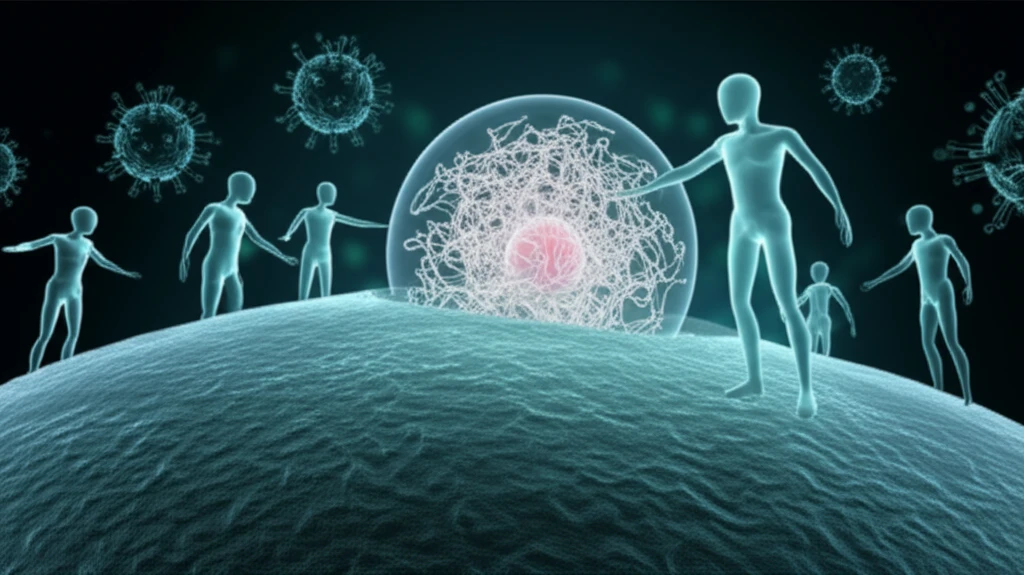
Viral-Specific T-Cells: The Unsung Heroes in Stem Cell Transplants
"How harnessing the power of the immune system can combat post-transplant complications and pave the way for safer stem cell therapies."
Hemorrhagic cystitis (HC), a serious complication following hematopoietic stem cell transplantation (HSCT), can be devastating. This condition, characterized by severe bladder inflammation and bleeding, often results from viral infections that take hold when the patient's immune system is weakened. Traditional treatments have limitations, highlighting the urgent need for innovative approaches.
New research offers a glimmer of hope by exploring the role of viral-specific T-cells in combating HC. This study focuses on how these specialized immune cells, which target specific viruses, can help clear infections and improve patient outcomes after stem cell transplantation. By understanding the dynamics of these T-cells, we can potentially harness the power of the immune system to develop more effective therapies.
This article delves into a study that observed five pediatric patients who developed viral HC after undergoing haploidentical HSCT. It explores how the emergence of viral-specific T-cells correlated with successful viral clearance, offering valuable insights into the potential of immunotherapy in transplant medicine. The goal is to translate this complex research into understandable takeaways for a broader audience.
T-Cells to the Rescue: How the Immune System Fights Back After Stem Cell Transplants

The study followed five pediatric patients who developed viral HC after receiving a specific type of stem cell transplant called haploidentical HSCT. Researchers closely monitored these patients, tracking the appearance and activity of viral-specific T-cells – immune cells trained to recognize and attack specific viruses causing the HC. The results revealed a compelling pattern: as the viral-specific T-cells emerged and increased in number, the viral load decreased, and the patients' symptoms improved.
- Targeted Action: Viral-specific T-cells act like guided missiles, precisely targeting and eliminating virus-infected cells.
- Immune Memory: These T-cells can provide long-lasting immunity, preventing future outbreaks of the same viral infection.
- Reduced Drug Dependence: By boosting the body's natural defenses, T-cell therapy can minimize the need for antiviral medications and their associated side effects.
The Future of Transplant Medicine: Harnessing the Power of T-Cells
This research offers a promising glimpse into the future of transplant medicine, where the immune system plays a central role in preventing and treating post-transplant complications. By further investigating the mechanisms of T-cell reconstitution and response, scientists can develop targeted immunotherapies that enhance the body's natural defenses against viral infections.
While this study provides valuable insights, it is important to acknowledge its limitations. The sample size was small, and further research is needed to confirm these findings in larger, more diverse populations. Additionally, future studies should explore the potential of adoptive T-cell therapy, where viral-specific T-cells are grown in the lab and then infused into patients to boost their immune response.
The discovery of viral-specific T cells correlated to viral clearance gives hope for a future where transplants are safer, and antiviral drug use is lowered. By understanding and improving this process, we can improve results for people getting stem cell transplants and change transplant medicine.
